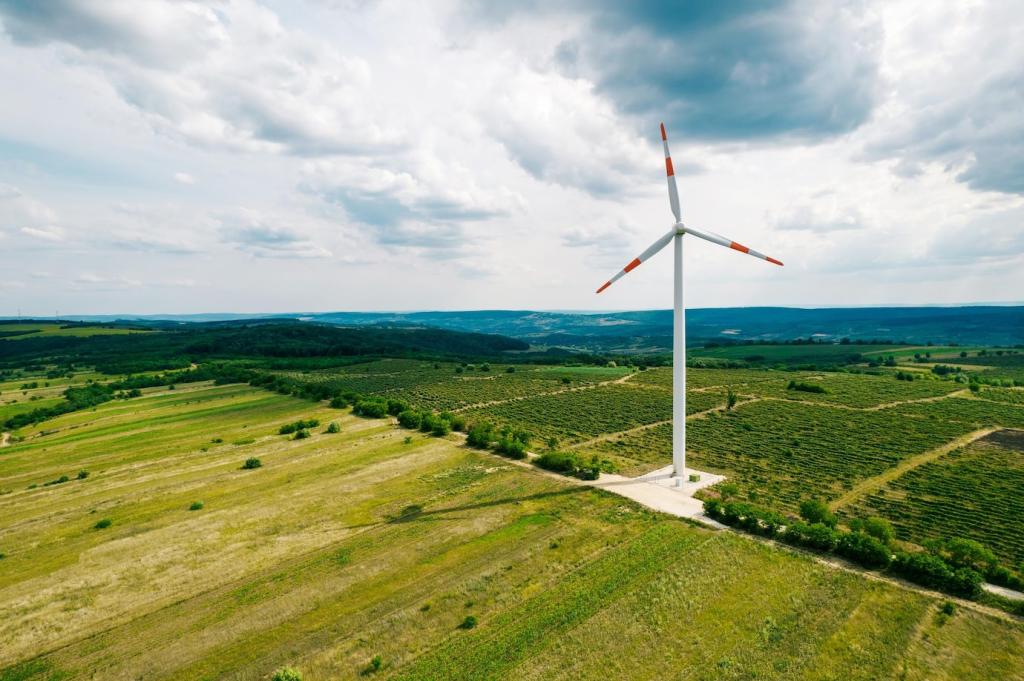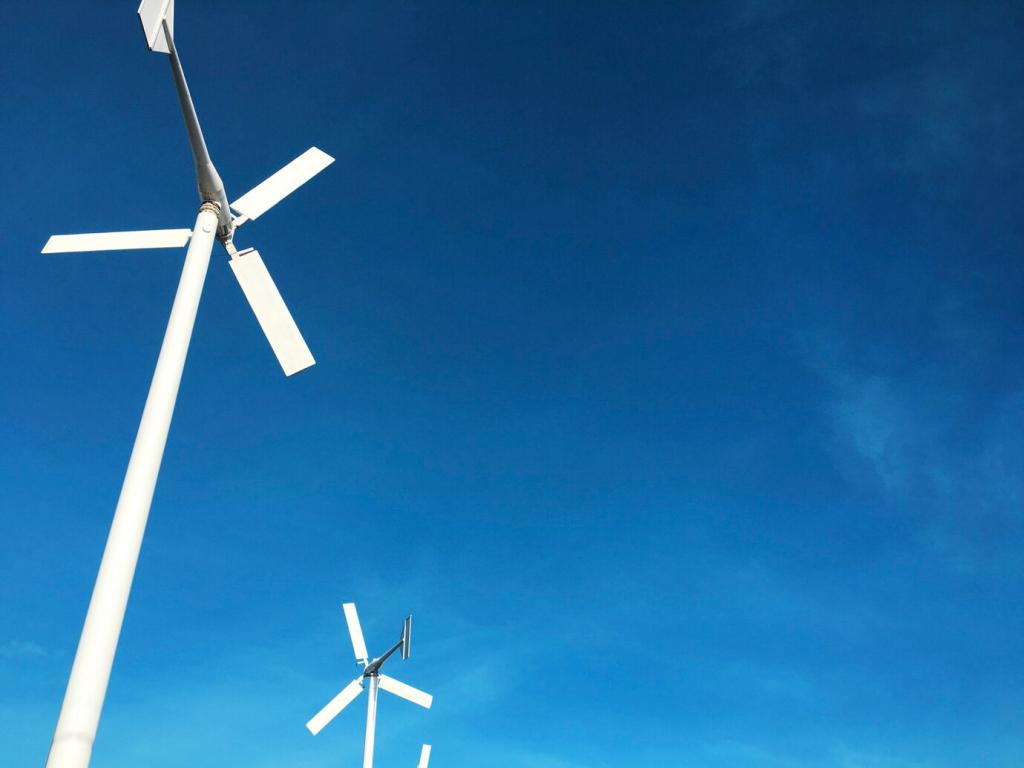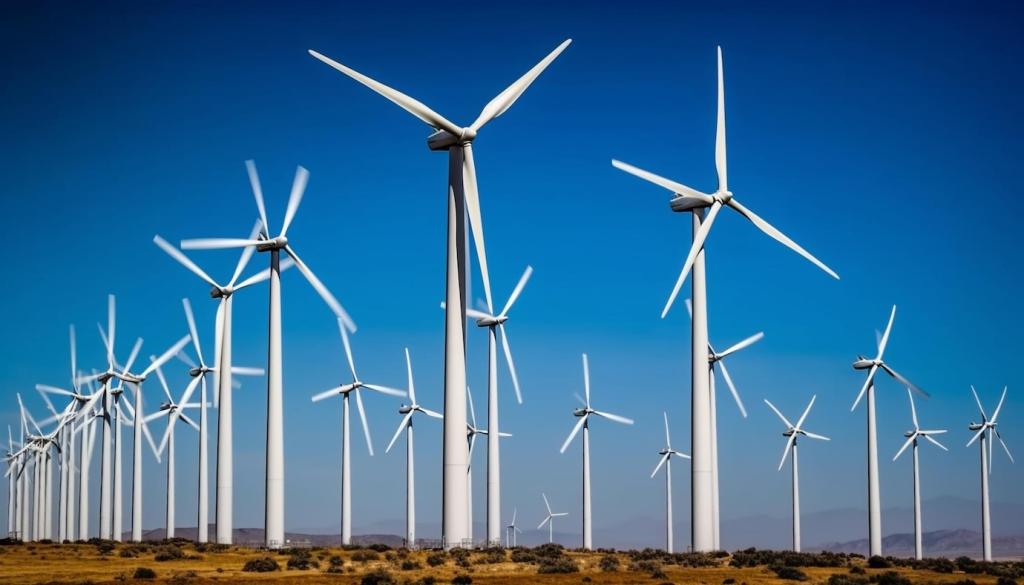Field Notes: Stories from Burn Scars and Tidal Edges
After a severe fire, a pilot watched a ridge change from charcoal silence to a speckle of green. Data flagged a stubborn slope where seeds kept failing; a revised pod formula with thicker shells and later flights after a soak finally held. Share your own ridge story in the comments.
Field Notes: Stories from Burn Scars and Tidal Edges
Coastal teams learned to fly between spring tides, releasing propagules onto silt at just the right squish and salinity. Monitors returned with stories of fiddler crabs and tiny roots anchoring mud. If you work along estuaries, subscribe and tell us which creeks deserve our next night run.







